Global Demand for Premium Spirits
The Wine Scotch And Whiskey Barrel Market is experiencing a surge in demand for premium spirits, which is directly impacting barrel production. As consumers increasingly seek high-quality, artisanal products, distilleries are investing in superior barrels to enhance the aging process. Market analysis indicates that the premium spirits segment is projected to grow at a compound annual growth rate of over 5% in the coming years. This trend is prompting producers to focus on sourcing high-quality wood and employing meticulous aging techniques, thereby driving the demand for specialized barrels. Consequently, the Wine Scotch And Whiskey Barrel Market is likely to benefit from this growing preference for premium offerings, as producers strive to meet consumer expectations.
Cultural Influence on Barrel Usage
Cultural factors significantly shape the Wine Scotch And Whiskey Barrel Market, as different regions have unique traditions regarding barrel usage. For instance, the Scotch whisky industry has a long-standing tradition of using oak barrels, which imparts distinct flavors. Similarly, wine regions often have specific preferences for barrel types that align with local varietals. This cultural diversity not only influences production methods but also affects consumer preferences, creating a rich tapestry of offerings in the market. As global travel and communication increase, consumers are becoming more aware of these cultural nuances, potentially driving demand for region-specific products. Thus, cultural influences are likely to remain a key driver in the Wine Scotch And Whiskey Barrel Market.
Sustainability in Barrel Production
The Wine Scotch And Whiskey Barrel Market is increasingly influenced by sustainability practices in barrel production. As consumers become more environmentally conscious, distilleries and wineries are adopting eco-friendly methods for sourcing wood and manufacturing barrels. This shift not only addresses environmental concerns but also enhances brand reputation. For instance, the use of reclaimed wood and sustainable forestry practices is gaining traction, potentially leading to a more robust market. Reports indicate that sustainable barrels may command a premium price, reflecting consumer willingness to pay for environmentally responsible products. Consequently, this trend could drive growth in the Wine Scotch And Whiskey Barrel Market, as producers align with consumer values and regulatory standards.
Innovation in Barrel Aging Techniques
Innovation plays a pivotal role in the Wine Scotch And Whiskey Barrel Market, particularly in aging techniques. Distillers and winemakers are experimenting with various wood types, toasting levels, and barrel sizes to create unique flavor profiles. This experimentation not only enhances the sensory experience but also attracts a diverse consumer base. Recent data suggests that products aged in innovative barrels can achieve higher market prices, indicating a potential for increased profitability. Furthermore, the introduction of technology in monitoring aging processes may lead to more consistent quality, thereby appealing to both traditional and modern consumers. As a result, innovation in barrel aging techniques is likely to be a significant driver of growth in the Wine Scotch And Whiskey Barrel Market.
Regulatory Standards and Quality Control
Regulatory standards play a crucial role in the Wine Scotch And Whiskey Barrel Market, as they ensure quality and safety in barrel production. Governments and industry bodies impose regulations that dictate the types of wood used, treatment processes, and labeling requirements. Compliance with these standards is essential for producers aiming to maintain market access and consumer trust. Recent trends indicate that stricter regulations may lead to increased production costs, but they also enhance product quality, which can justify higher prices. As the market evolves, adherence to regulatory standards will likely become a competitive advantage for producers in the Wine Scotch And Whiskey Barrel Market, influencing their operational strategies and market positioning.


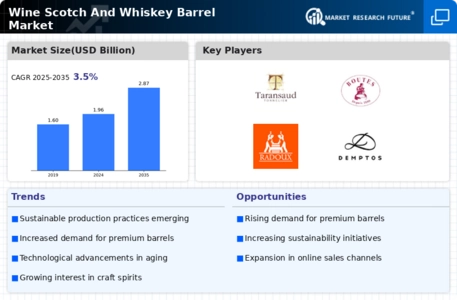
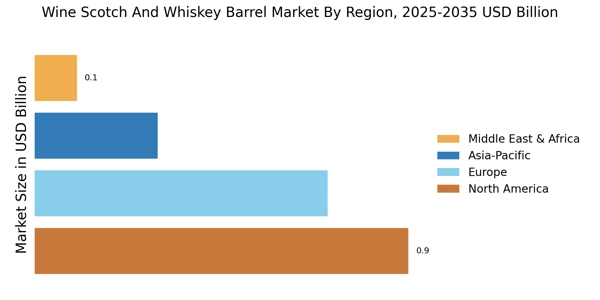
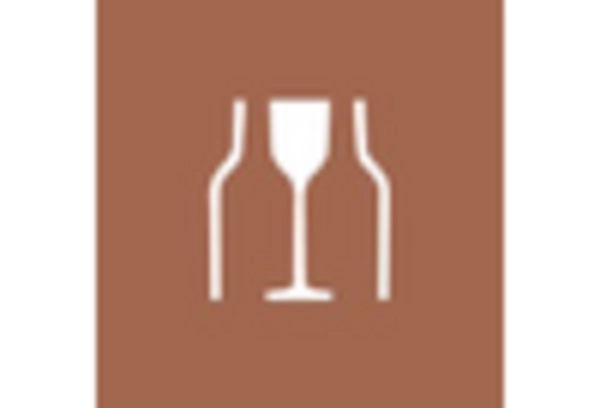
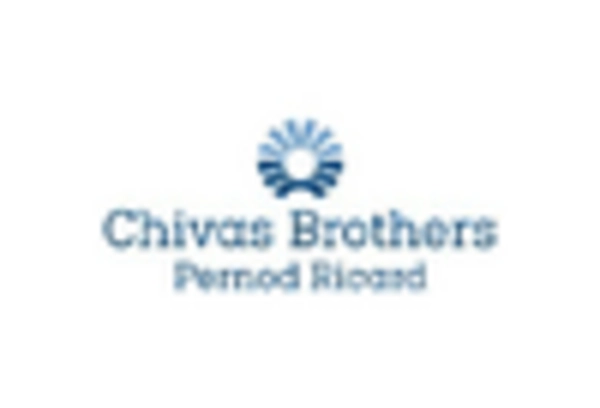
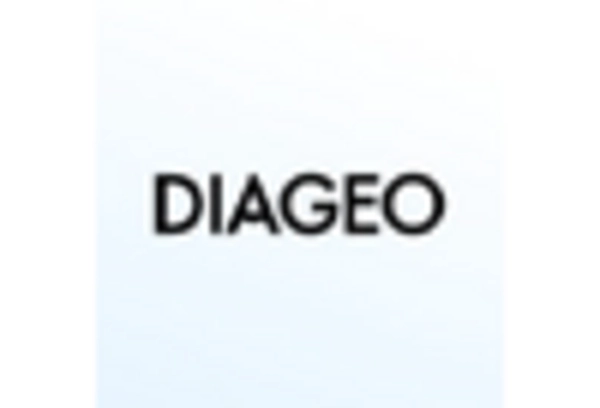
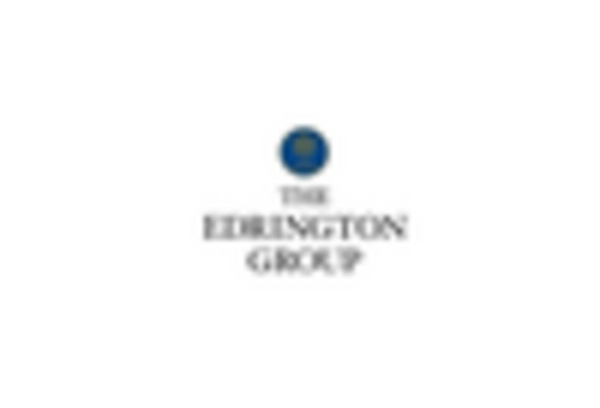

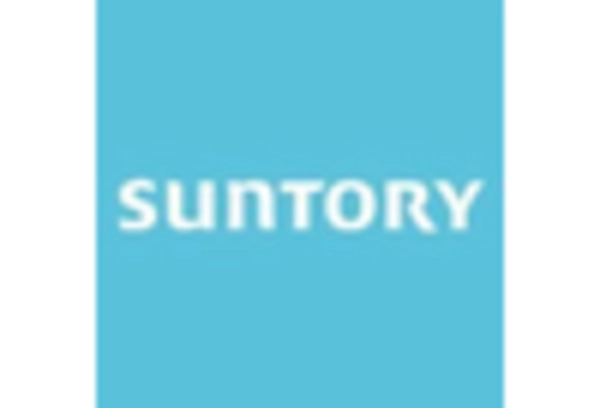








Leave a Comment